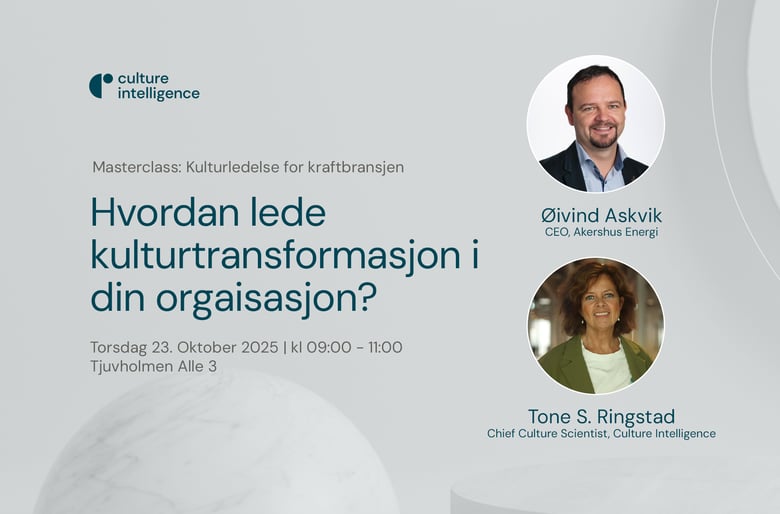Amy Edmundson discovered in her research in the hospital industry in US that the hospitals that had the most errors reported were the best preforming organisations. Quite a surprise for her and all the rest of us. Also quite like the oils industry reporting in the 90íes. The reporting of safety hazards could be a big risk for the reporting unit, as the phenomenon ”shoot the messenger” certainly then existed.
Psychological safety is defined as the belief that you won’t be punished or humiliated for speaking up with ideas, questions, concerns, or mistakes in your team.
Success in the future of work requires continuous new ideas, new challenges, and critical thought. The culture cannot be one of suppress, silence, ridicule, or intimidation. Innovation needs ideas, most of them are not good, hence allowing trial and error is a must. People must be allowed to voice half-finished thoughts, ask questions from left field, and brainstorm. A culture in which actual mistakes are owned and corrected, is part of the innovators DNA.
Psychological safety is hereby the foundation for learning, collaboration, and innovation. It creates cultures where people feel safe to ask questions, open up to others and admit mistakes to try to improve them and learn.
Why is it then so hard to create psychological safety?
Culture can be hard to understand, and even harder to change. As there are few data to map, it falls on leaders to subjectively evaluate if there is enough psychological safety or not. Additionally, the lack of data and insight is a major barrier for organisations to put it on the agenda in a realistic way.
In our culture map we have values that support psychological safety and values that will be a barrier to it. The point is that leaders need to know the status in their teams. By mapping the culture in a Hackathon, you may find the elements in your culture that supports psychological safety Openness and trust are two key values in a culture where psychological safety exists. Therefore, understanding the meaning and impact of these values gives leaders a good position to put it on the agenda.
Psychological safety starts with accurate insight in what kind of culture you have. Then, the psychological safety promoting values can be strengthened by practice and leadership. Good luck
By Tone Ringstad, CEO & Founder at Culture Intelligence


